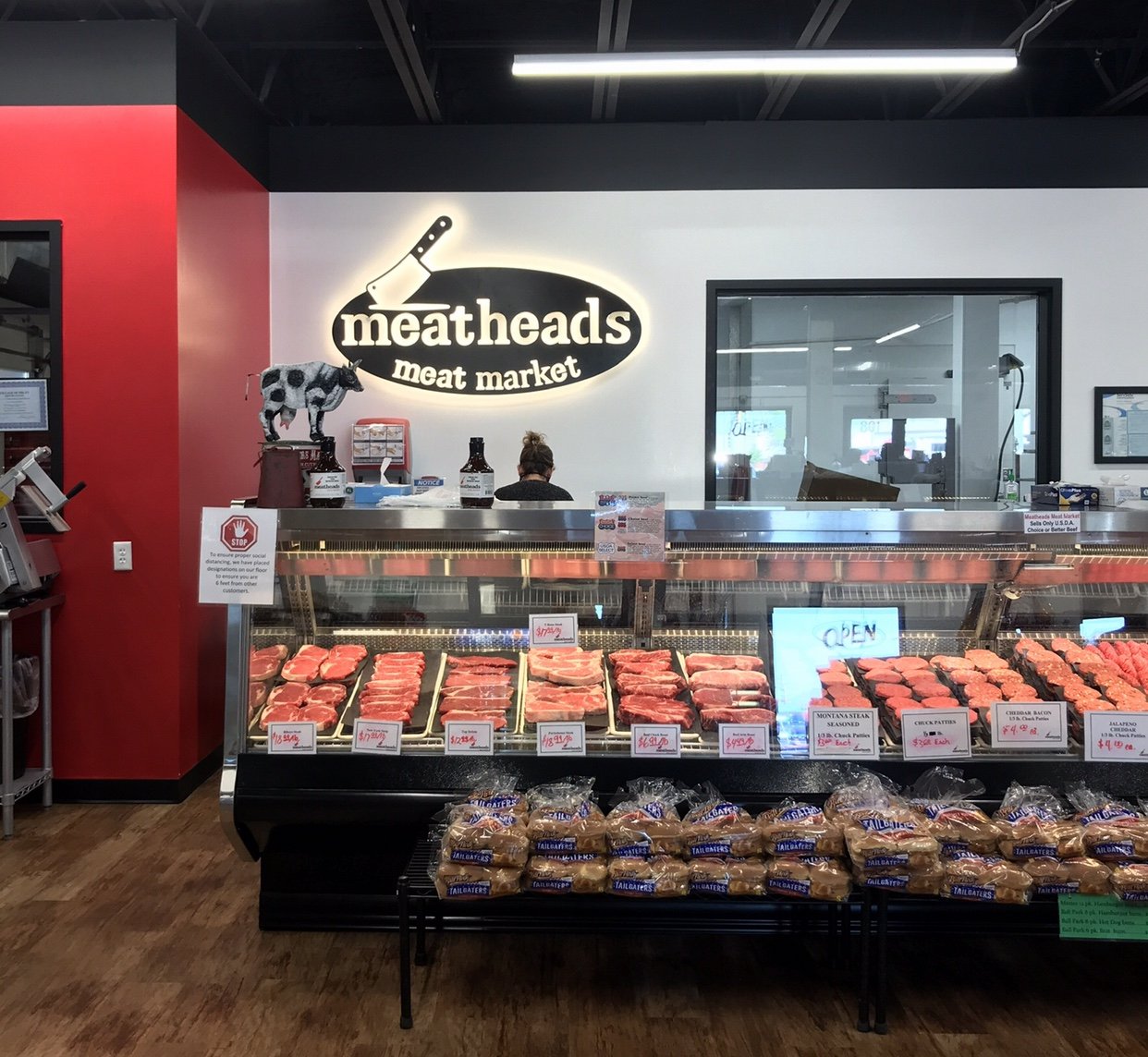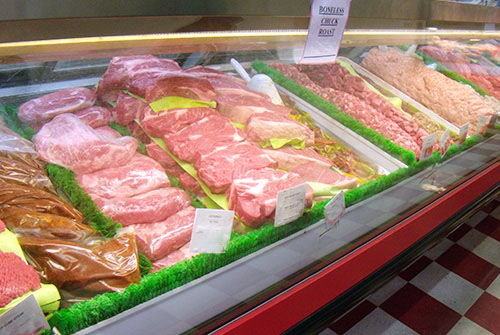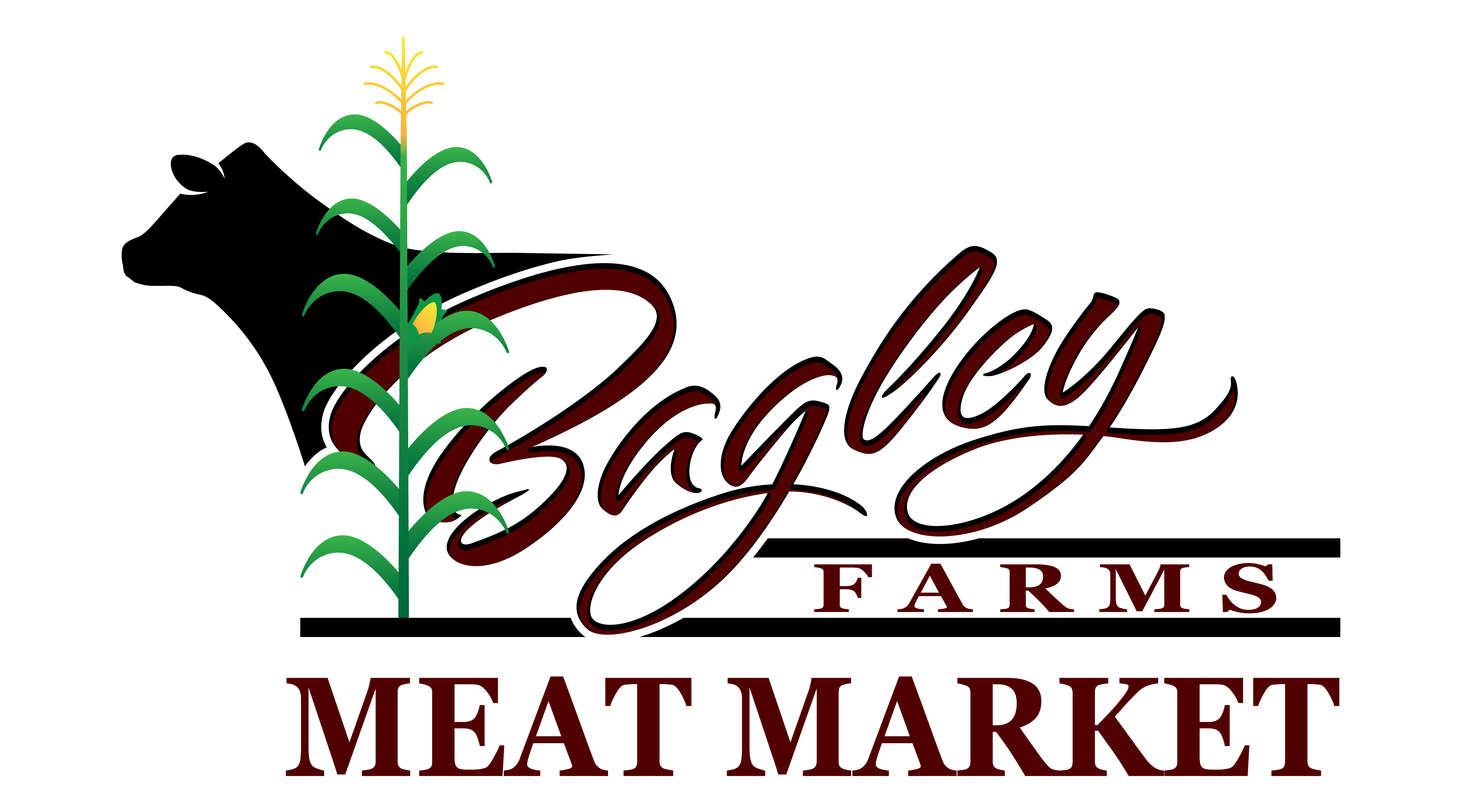Where to Buy Beef Tallow – Exploring the Best Places to Purchase This Healthy Fat
Where to Buy Beef Tallow – Exploring the Best Places to Purchase This Healthy Fat
Blog Article
The Nutritional Conveniences of Incorporating Beef Tallow Into Your Diet
Beef tallow has amassed focus for its unique nutritional profile, which consists of a rich variety of crucial fatty acids and fat-soluble vitamins that can support general health. The implications of incorporating this traditional fat into contemporary dietary methods invite a closer evaluation of its prospective advantages and downsides.

Nutrient Profile of Beef Tallow
Beef tallow boasts a rich nutrient profile that makes it a useful enhancement to different diet regimens. Mainly composed of saturated and monounsaturated fats, beef tallow is approximately 50-60% saturated fat, which adds to its stability at high cooking temperatures. This quality makes it an exceptional option for roasting and frying, as it resists oxidation and keeps its dietary quality.

Moreover, beef tallow is devoid of trans fats, making it a healthier choice to numerous veggie oils. Its nutrient thickness not only gives power yet likewise aids in the absorption of nutrients from other foods. As a conventional food preparation fat, beef tallow can improve the taste of meals while adding to general dietary intake, aligning well with numerous nutritional choices, consisting of ketogenic and low-carb diet plans.
Health And Wellness Benefits of Healthy Fats
Incorporating healthy fats like those discovered in beef tallow into the diet plan can produce many health benefits that sustain overall health. Healthy and balanced fats play a critical role in maintaining mobile framework, hormone manufacturing, and nutrient absorption. They are necessary for optimum brain feature, as the brain is composed of nearly 60% fat, mostly healthy and balanced fats.
One notable benefit of healthy and balanced fats is their payment to heart health (where to buy beef tallow). As opposed to out-of-date ideas that all fats add to cardio condition, studies suggest that healthy and balanced fats can enhance cholesterol degrees and lower swelling, inevitably reducing the threat of heart condition. Additionally, fats, such as those found in beef tallow, are a steady source of energy, giving sustained gas for exercises and metabolic processes
Moreover, healthy and balanced fats can aid in weight monitoring by promoting satiation, which can help in reducing overeating. They likewise support the absorption of fat-soluble vitamins, including A, D, E, and K, boosting total nutrient uptake. By integrating beef tallow and various other healthy and balanced fats into the diet, individuals can improve their dietary account while taking pleasure in a wide variety of wellness advantages that cultivate longevity and vitality.

Cooking With Beef Tallow
Food preparation with beef tallow uses a tasty and flexible alternative for a range of cooking applications. This provided fat, acquired from beef, boasts a high smoke factor of roughly 400 ° F(204 ° C ), making it optimal for frying, sautéing, and roasting - where to buy beef tallow. Its durable flavor boosts meals, imparting a rich, mouthwatering high quality that enhances various components
Beef tallow is specifically well-suited for typical food preparation methods, such as deep frying, where it can develop a superb crust on vegetables and meats. The fat's ability to endure high temperature levels without breaking down guarantees that you attain crispy textures while retaining wetness within the food. Furthermore, its secure nature suggests it can be reused several times for frying, making it an affordable selection for home chefs and specialist cooking areas alike.
In baking, beef tallow can serve as an alternative to butter my blog or shortening, offering an one-of-a-kind depth of taste to pastries and pie crusts. It can be included right into gravies and sauces, enriching their preference and giving a delicious mouthfeel. By embracing beef tallow in your cooking arsenal, you can elevate your meals while utilizing its nutritional benefits.
Comparisons With Other Fats
When assessing food preparation fats, beef tallow stands out in contrast to various other common choices such as vegetable oils, butter, and lard. One of the most notable differences is the fatty acid composition. Beef tallow is mostly made up of monounsaturated and saturated fats, which are much more stable at high temperatures, making it less vulnerable to oxidation than polyunsaturated veggie oils. This stability enhances its viability for sautéing and frying, where greater heat is often employed.
In contrast, while butter contains advantageous nutrients like fat-soluble vitamins, it has a lower smoke factor and can melt quickly. Lard, comparable to tallow, has a positive fat profile but may include greater degrees of polyunsaturated fats, depending on the pig's diet.

Vegetable oils, often marketed as much healthier options, can be very refined and consist of trans fats, which have been connected to negative health and wellness results. Additionally, the omega-6 fatty acids prevalent in several veggie oils can add to inflammation when eaten in unwanted. Generally, beef tallow offers a special balance of flavor, stability, and nutritional advantages that can make it a more effective choice in various culinary applications.
Incorporating Beef Tallow Into Cuisines
Beef tallow can be effortlessly integrated right into a variety of dishes, improving both flavor and dietary value. This rendered fat, rich in monounsaturated fats and vitamins A, D, E, and K, acts as a functional cooking tool. It is perfect for high-heat applications such as frying and roasting, where this contact form it can give a full-flavored deepness to vegetables, meats, and even baked items.
When sautéing, take into consideration making use of beef tallow instead of typical oils to raise the taste of stir-fries or vegetable assortments. For a heartier flavor, attempt including it right into mashed potatoes or browse around these guys creamy sauces, where its rich uniformity can develop an extravagant mouthfeel. In addition, beef tallow can be made use of as a base for gravies, adding a robust taste account that matches a variety of meals.
For those exploring cooking, replacing beef tallow for butter or shortening in pie crusts can produce a flaky, flavorful outcome. When cooking, brushing tallow on meats can enhance moisture retention and supply a wonderful sear. By thoughtfully incorporating beef tallow into your dishes, you can delight in not just improved tastes yet additionally the exceptional nutritional advantages it uses.
Verdict
Including beef tallow into the diet plan offers significant dietary advantages, including crucial fatty acids and fat-soluble vitamins that boost general health and wellness. In general, the combination of beef tallow right into meals can sustain health and wellness and wellness, making it a useful addition to a well balanced diet plan.
Mostly composed of monounsaturated and saturated fats, beef tallow is about 50-60% saturated fat, which adds to its stability at high cooking temperature levels. As a typical cooking fat, beef tallow can improve the flavor of meals while adding to general dietary intake, aligning well with numerous dietary preferences, including ketogenic and low-carb diet plans.
Incorporating healthy fats like those found in beef tallow right into the diet regimen can generate various wellness advantages that sustain total wellness. By incorporating beef tallow and various other healthy and balanced fats into the diet regimen, people can boost their dietary profile while delighting in a wide variety of wellness benefits that cultivate longevity and vitality.
When examining cooking fats, beef tallow stands out in comparison to various other typical alternatives such as vegetable oils, butter, and lard.
Report this page